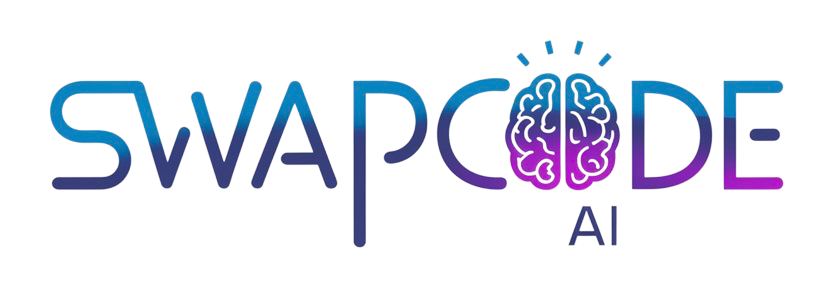Supported: numbers (0-9), letters (a,e,h,i,j,k,l,m,n,o,p,r,s,t,u,v,x), and some symbols
Common Subscript Examples
How to Use the Subscript Generator
Create professional subscript text for scientific documents, chemistry formulas, and mathematical expressions in seconds.
- Type your text - Enter the text you want to convert, using normal characters for parts that should become subscript.
- Click Generate - The tool converts supported characters to their Unicode subscript equivalents.
- Review the result - Check the subscript text to ensure it displays correctly.
- Copy and paste - Use the copy button to save the subscript text to your clipboard.
- Use anywhere - Paste the subscript text into documents, presentations, or online platforms.
Use Cases
Chemistry Formulas
Write chemical formulas correctly with subscript numbers for molecular composition like H₂O, CO₂, or C₆H₁₂O₆.
Mathematical Notation
Express mathematical sequences, variables, and indices like Xₙ, a₁ + a₂, or logarithms with subscript bases.
Scientific Papers
Format scientific notation, isotopes, and technical terms properly in research papers and academic documents.
Educational Materials
Create clear, professional-looking educational content for chemistry, physics, and mathematics lessons.
Social Media Posts
Share scientific content on social platforms with proper subscript formatting that displays correctly everywhere.
Programming Documentation
Document algorithms and data structures with subscript notation for arrays, matrices, and indexed variables.
Subscript Text Generator for Scientific Writing
The subscript text generator converts regular text into Unicode subscript characters that work across all platforms and applications. Unlike HTML subscript tags that only function in web browsers, these Unicode subscript characters maintain their formatting when copied to word processors, presentation software, messaging apps, and social media platforms. The tool supports numbers, select lowercase letters, and common symbols, making it perfect for chemistry formulas, mathematical expressions, and scientific notation.
Understanding Unicode Subscript Characters
Unicode subscript characters are special text symbols designed to appear smaller and slightly below the baseline of regular text. The Unicode standard includes subscript versions of numbers 0-9, several lowercase letters (a, e, h, i, j, k, l, m, n, o, p, r, s, t, u, v, x), and some symbols. These characters display consistently across different devices and operating systems because they are part of the Unicode text encoding standard that most modern software supports.
Best Practices for Subscript Text
Use subscript text sparingly and only where scientifically appropriate. For chemical formulas, place only the numerical coefficients in subscript (H₂O, not H₂O₂). In mathematical expressions, subscript typically denotes indices or lower bounds (Xₙ, a₁). When writing for academic or professional audiences, ensure your subscript usage follows field-standard conventions. Test subscript text in your target application before finalizing documents to confirm proper display.
- Generates true Unicode subscript characters
- Works in all modern applications and platforms
- Perfect for chemistry, math, and science
- No special formatting or HTML required
- Copy and paste functionality for easy use
Subscript vs Superscript in Scientific Notation
Subscript appears below the baseline while superscript appears above. In chemistry, subscripts indicate the number of atoms in a molecule (H₂O has 2 hydrogen atoms), while superscripts show ionic charge (Na⁺) or isotope mass numbers. Mathematics uses subscripts for indices in sequences and series, and superscripts for exponents and powers. Understanding when to use each format ensures your scientific writing communicates accurately and professionally.
Frequently Asked Questions
What is subscript text?
Subscript text appears smaller and slightly below the normal text baseline. It's commonly used in mathematical formulas (like H₂O), chemical formulas, footnotes, and scientific notation.
How does the subscript generator work?
The tool converts regular text characters into their Unicode subscript equivalents. These subscript characters can be copied and pasted into any application that supports Unicode text.
What characters can be converted to subscript?
The generator supports numbers (0-9), some lowercase letters (a, e, i, o, u, x), and certain symbols like parentheses and plus/minus signs. Not all characters have Unicode subscript equivalents.
Where can I use subscript text?
Subscript text works in most modern applications including social media, messaging apps, documents, presentations, and websites. It's particularly useful for scientific writing, chemistry formulas, and mathematical expressions.
Is subscript text different from HTML subscript tags?
Yes. This tool generates actual Unicode subscript characters that work anywhere. HTML <sub> tags only work in HTML documents and require specific formatting.
